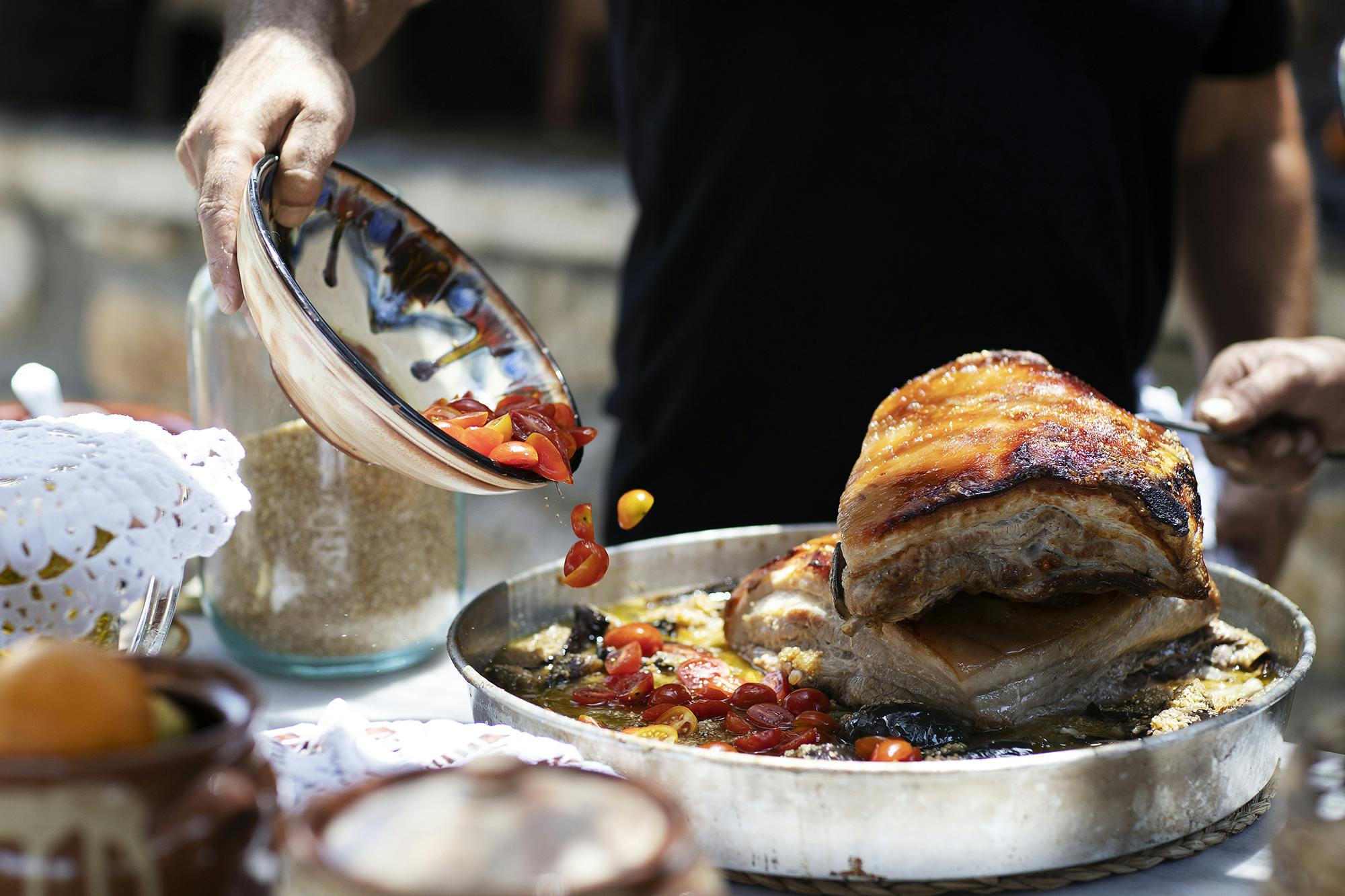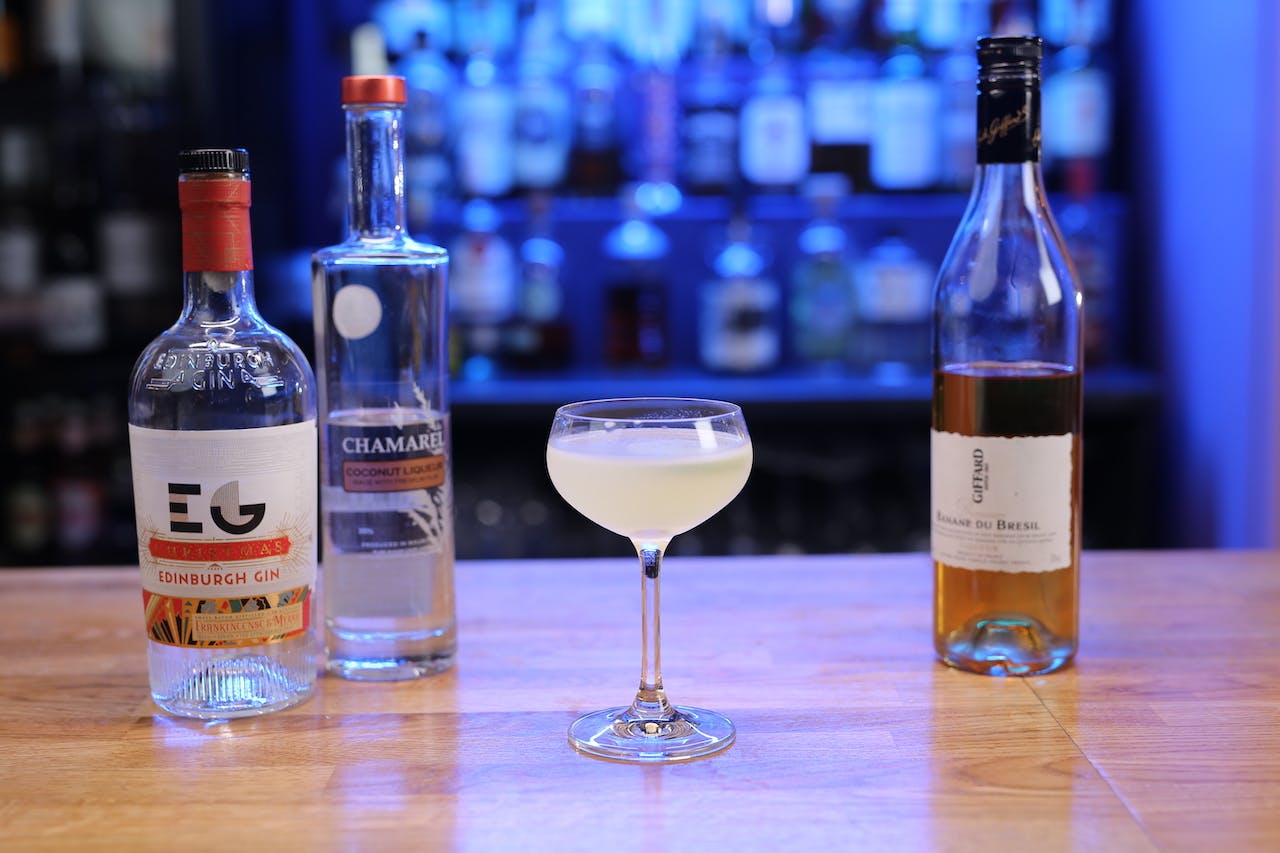Savoring Greek Food in Crete with S.A.L.T. Experiences
Silversea’s S.A.L.T., which stands for Sea and Land Taste, is an innovative program celebrating the culinary arts of our destinations featured on several Silversea ships. There are four pillars to S.A.L.T. This exclusive-to-Silversea series of shore excursions, hand-curated by local experts in the worlds of cuisine and wine, offer personal connections to the places we visit. In this series of stories, we share our experiences as we travel through the Mediterranean. We hope you’ll join us.
There are endless reasons to go to Crete, and not just for Greek food. I have Greek friends who spend weeks here in the summer, driving from beach to abandoned beach to camp in front of some of the most stunning waters you’ve ever seen. I also know lots of people who go there for the history — with ancient ruins and Venetian port towns, there’s something to appreciate from every time period. But when I head to Crete, it’s always for Cretan food first. It’s common knowledge that Greek food in Crete is steeped in traditions that just don’t exist elsewhere in the country. Some of those are dishes, like kohli bourbouristi, or snails, but others are products, like cheeses that are made by shepherds who may go months without interacting with another human, or herbs that are foraged from the wild and made into medicinal teas.
Even in Athens, where I’m based, some of my favorite restaurants showcase Cretan food, and the best ones import everything, from the smoked pork (called apaki) down to the tomatoes, from their island.
So when S.A.L.T. asked me to come up with some cooking classes around Greek food, one of my first ideas was to focus on Crete. And when Adam Sachs, director of the S.A.L.T. program, invited me to the Peskesi organic farm for a unique Cretan food lunch, I didn’t hesitate.
Cretan food goes back to basics
Let me back up a second. There’s no such thing as a “quick lunch” in Greece, especially not on weekends, when families and friends gather over meals that extend over hours, and extra especially not in Crete. Slow cooking is a method that you’ll find all over the island, and it’s gaining momentum as Greeks start to get back to their roots. It means no electricity in the kitchen, just wood-fired ovens (or much more open flames, depending on where you are) and ingredients that grow right there on the property. You wait longer for the food, but as you wait, there are opportunities to learn about what you’re eating and how it’s being cooked.
Arriving at Peskesi, following a winding bus ride that took us up into the mountains of Heraklion, the first thing you’ll probably notice is the view. From up here, you can see the waters of the Mediterranean shimmering in the distance, but you can also appreciate the sheer rugged variety of geography on this incredible island. Enveloped in hills dotted in trees, the farm is just one example of how Crete shrugs off the stereotype of the Greek island: whitewashed buildings, windmills and a dry rocky landscape.

Peskesi came to be when Panagiotis Magganas, a dietician who had worked in Athens, moved to Crete to pursue the unique ingredients — and bountiful health benefits — of the Cretan diet. He purchased a field in Haraso in the remote mountains of Heraklion, and from there started to cultivate a garden based on local varieties of fruits and vegetables. He now not only has this farm, but also a fantastic restaurant in the center of Heraklion, one that is very much worth visiting if you can.
This adventure starts with a little tour of the gardens led by Magganas. We picked tomatoes that smell like the vine, eggplants so big they bent the plants to the ground and fresh spring onion. But everywhere you look, there’s something incredible — and edible. Almond trees line the paths between garden patches. Grapes, which will eventually become raki, the unofficial alcohol of the island, drip off the vines. They grow rare and interesting local produce, including Greek horseradish, a root that has nearly disappeared from Greece, and a special kind of fuzzy sweet cucumber that looks like a melon.
Cretan Cooks for a day
Next up: actually cooking. When we arrived, there was already a fire going, with the meat cooking low and slow. First, there’s the antikristo, a method of grilling lamb that appears all over Crete, from parking lots to caves. At Peskesi, the antikristo is nestled inside of a giant fireplace, with a gorgeous cut of lamb cooking for hours, dripping its juice into the embers below. Sometimes it falls over, crashing loudly into the flames, but this is all part of the experience.

This is not the only meat dish. In the opposite corner of the fireplace, there’s a large pan with a lid covered in smoldering embers (emulating the kleftiko cooking method, when villagers used to cook meat in holes in the ground). This is pork, which simmers with bulgur, zucchini and tomatoes, and the longer it cooks, the more likely you are to hear small explosions as the skin bubbles and cracks.
While these meats continued to cook, building flavor in the way that only slow cooking can, everyone on the excursion grabbed an apron and a knife and started prepping vegetables. While meat is, of course, a key part of this meal, seasonal vegetables are a staple of the Cretan diet, and we ate them in salads, wrapped in vine leaves and in a delicious stew-like dish called sympetherio (in Greek, a marriage of different vegetables) that was cooked the same way as the meat.
It’s not just the melt-off-the-bone tender meat or fresh summer vegetables that made this experience memorable. We sipped local wines, and cruise-goers asked Panagiotis about the farm’s philosophy as we waited around the table for each dish to finish cooking. He explained the importance of biodynamic gardening, of getting back to the earth and bringing local ingredients and recipes to the forefront. His respect for the land and the strong culinary traditions of this island is clear, and it’ll leave you feeling inspired by the slow cooking philosophy and the resulting way of life.
I have eaten at a lot of restaurants across Greece, but Peskesi has landed in my top three most memorable experiences. It’s not just the quality of the food, which is objectively high because the ingredients are ripe, local and imbued with the myriad benefits that come from life high on a Cretan mountain top. It’s that the dishes are not what you’ll easily find elsewhere in Greece. You could probably find one of the salads, or the cheese, but it’s a challenge to find good antikristo (unless you know the chef or are attending a wedding) and just forget about kleftiko of this caliber — this dish will most likely come to your table as chunks of meat floating with potatoes and tomato in a dish lined with parchment paper. It may still be delicious, but it’s not going to be the same.
But even more than both of these, it’s the passion and excitement that Magganas exudes when he discusses his food and the Cretan diet. He wants visitors and Silversea guests to understand the importance of being involved in the meal from start to finish, digging into farm-to-table eating in a way that doesn’t feel kitschy or overblown. I can honestly say I can’t wait to come back.
Important tips
Comfortable shoes are important, as is sunscreen — the tables are shaded, but when you’re gathering ingredients, you’re going to be in full sun through the afternoon. And it may seem obvious, but this is truly the best piece of advice: have a snack before you head up the mountain, but do not eat a big breakfast. You will want to reserve as much stomach space as possible for this incredible meal.
Has this whet your appetite for Greek food? Find your ideal cruise here.



















